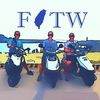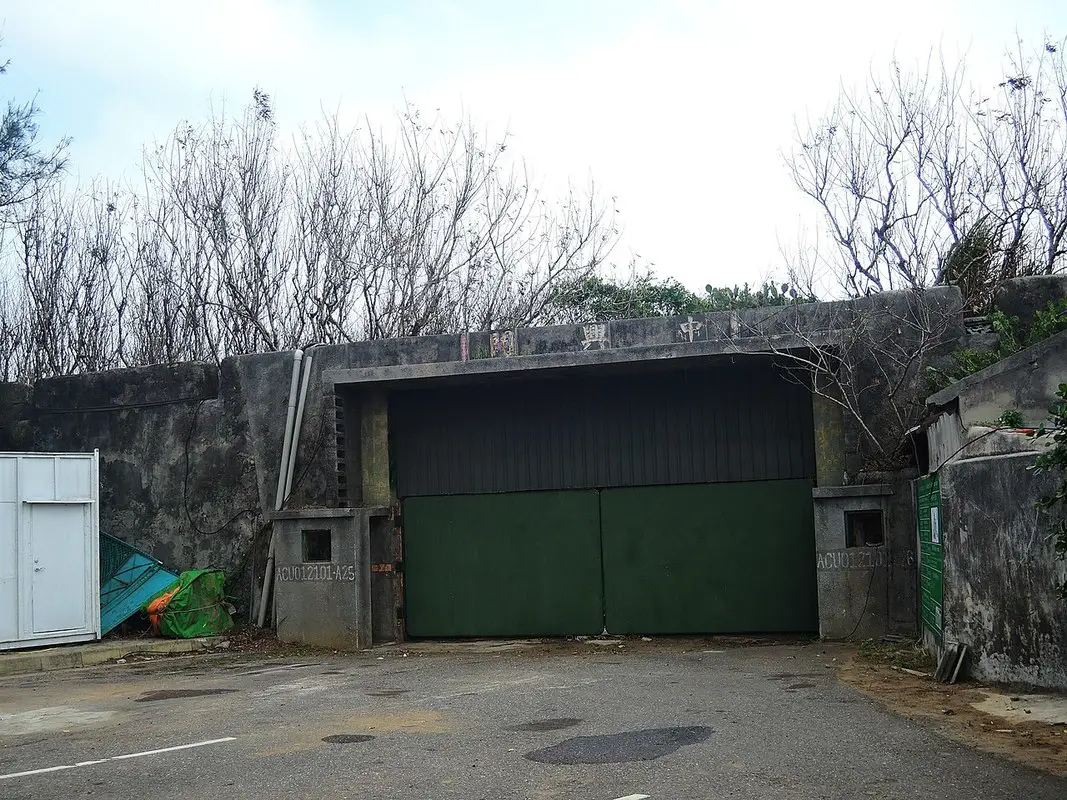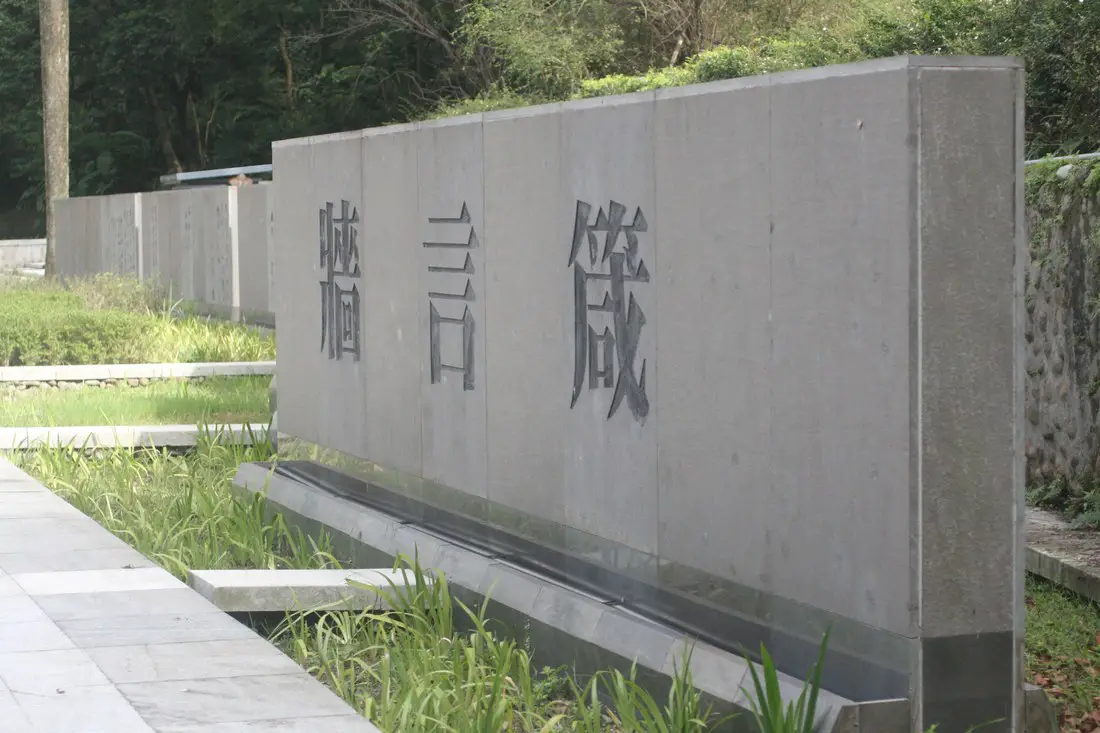|
Magong is the biggest and important city in the Penghu (Pescadores) Island chain, with a rich cultural and historical heritage. Among the many historical sights in the city, perhaps some of the most significant are the remains of the ancient wall surrounding the city during the Qing Dynasty, as well as the first military dependents village established by the KMT surrounding these old walls.
Magong Ancient City Wall Historical background: The original walls of "Penghu Pang City" or Magong were completed 1889 after the Sino-French War in order to improve Qing defenses in the region. Afterwards, the walled city of Magong became the economic, military, and government center of Penghu. In 1895 Japan took control of Taiwan. During the Japanese rule, most of the walls were torn down starting in 1905 in order to build the harbor and to conform with city planning (that's right, many of the old walls stood on what is now open harbor water). The South Gate, Minor South Gate, East Gate, and North Gate were destroyed. The only parts of the wall that are left are on the western side, including the Major West Gate and Minor West Gate. As a side note, the Japanese changed the name of the City from 媽宮 (Magong, meaning mother's palace, probably a reference to the goddess Matsu) to 馬公 (Magong, same pronunciation but meaning Horse Gong). After the KMT took control of the island, they turned the surrounding area a military base and military dependents village (篤行十字村 Duxingshi Village). The Major West Gate was renamed Chunghsing Gate (中興門) and the Minor West Gate was renamed the Shuncheng Gate (順承門). Currently the Chunghsing gate (pictured below) is the entrance to the military base on site, and is the only gate that was built without a tower.
The above photo was taken from here.
Price: Free How to get there: The gate is on the westernmost part of Zhongshan Road in Magong. Map: Please refer to the map below.
0 Comments
Foreword: Please note that this is not a comprehensive list of questions. This is meant to only give a basic overview of Taiwan's schooling landscape to those who have never been there.
Are there foreign schools for my children in Taiwan? Yes, there are a number of American and European schools in Taiwan. Please click here for a full list: https://en.wikipedia.org/wiki/List_of_international_schools_in_Taiwan Is Taiwan Safe? Yes, Taiwan is one of the safest countries in the world according to Prescavve, due to low crime and high economic freedom and devolopment. How to study in Taiwan? How do you Study in Taiwan? There are many coffee shops, book stores, and libraries with free internet. Here is a map of working café’s made by Alexander Synaptic: |
Author 作家I am an American expat who has extensive experience living, working, and traveling in Taiwan. In my day, I had to learn many things about Taiwan the hard way. But I have come to learn that Taiwan is one of the best places in the world for Foreigners to live. This blog does not represent the opinions of every foreigner in Taiwan. I am just trying to help others learn more about this beautiful country. Categories
|





 RSS Feed
RSS Feed
